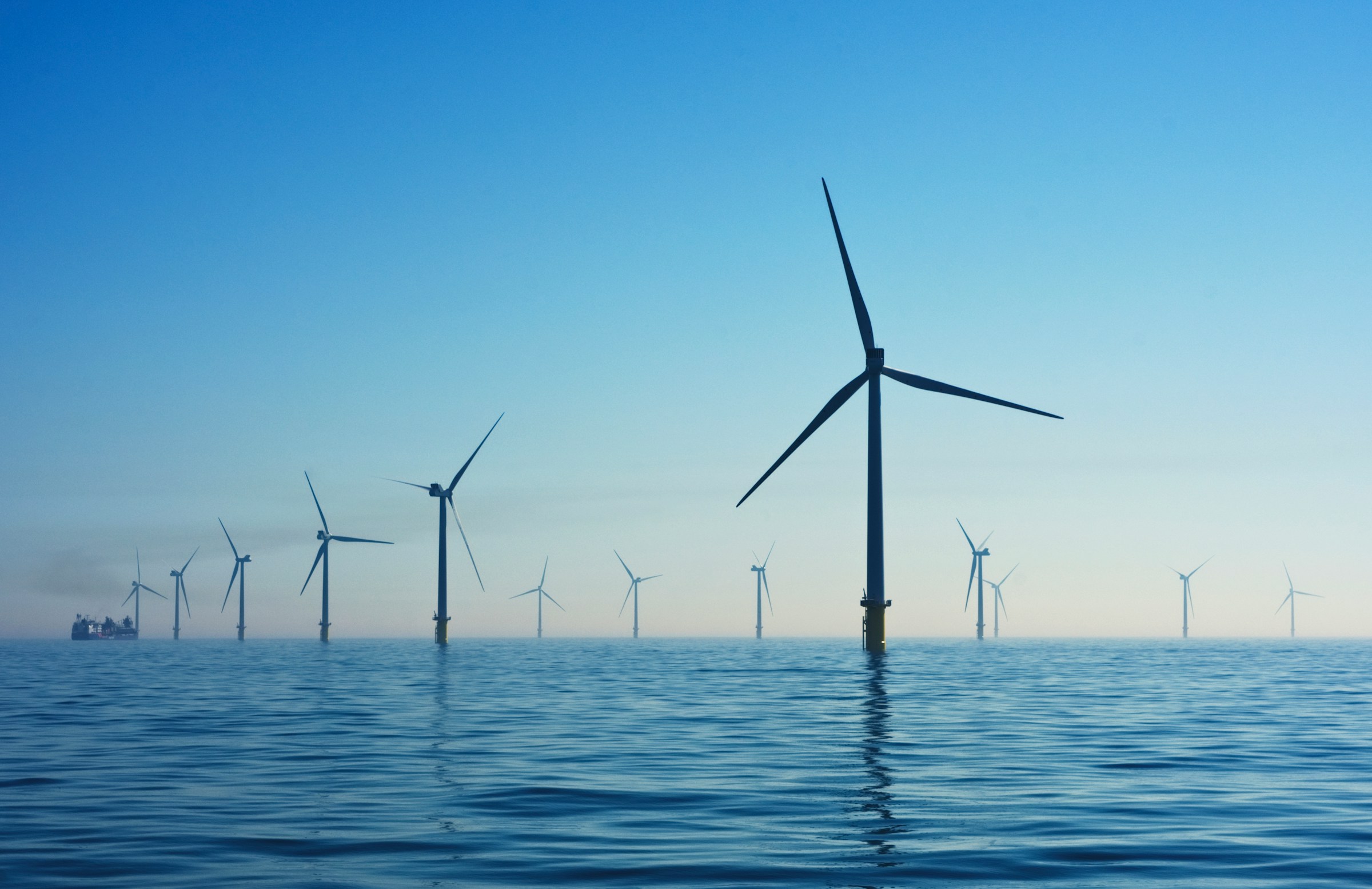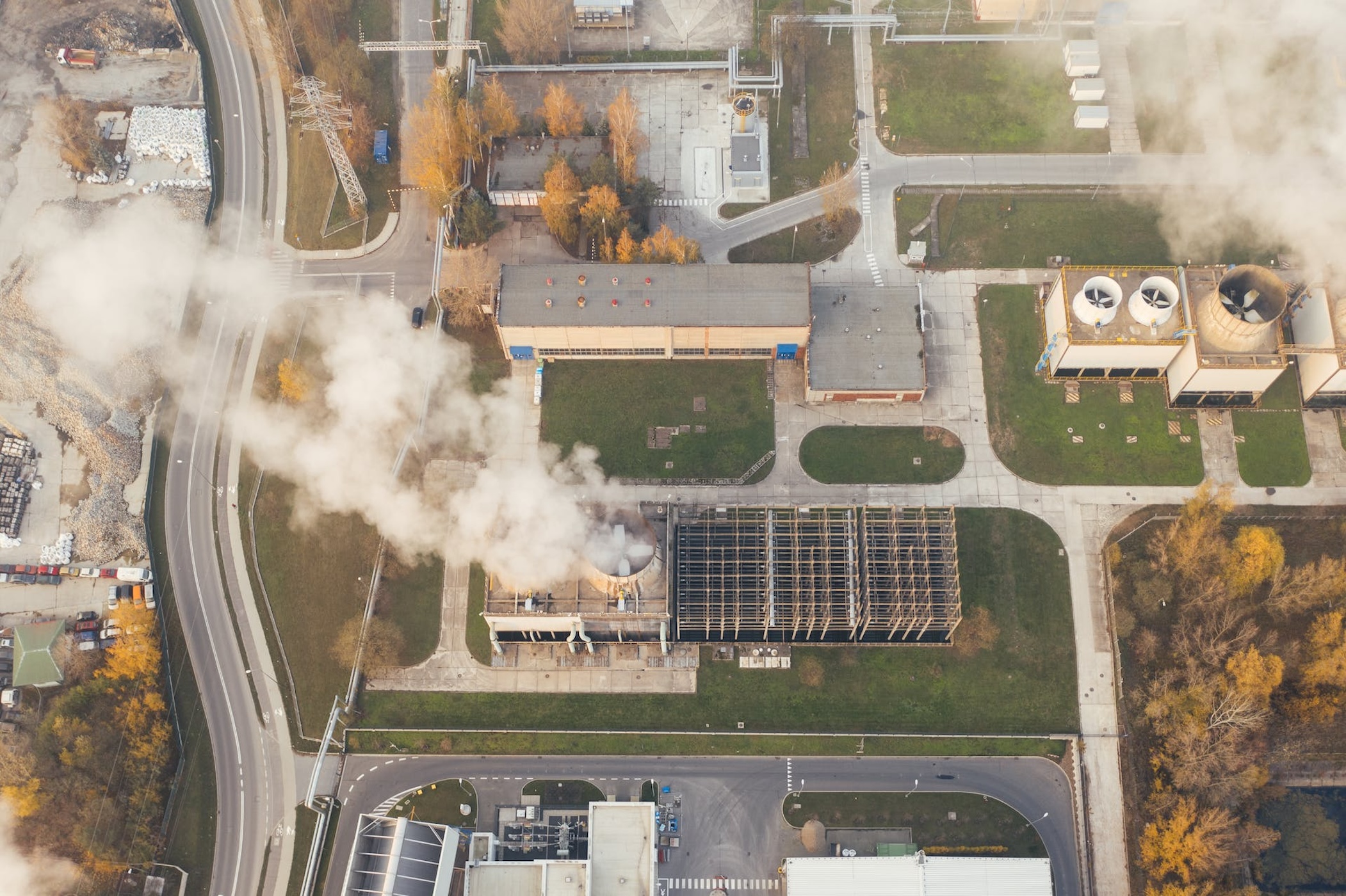Today, around 55% of the global population lives in cities, a figure that is predicted to rise to 68% by 2050 (UN DESA). Urban centres account for the majority of global energy consumption and around 70% of climate altering CO2 emissions, making them climate change hotspots. The greening of cities is therefore essential to creating a carbon free economy. An approach that is embodied in the Smart Cities and Communities projects, that are a part of the Horizon 2020 work Programme 2018-2020 and focus particularly on innovation in energy, transport and ICT as a means to meet international agreements on climate action.
In this context, smart cities can transform the urban environment into a system of relationships that produces value and is able to reinvent itself, increasing energy efficiency and developing adaptation and mitigation strategies. However, a key area of contention involves funding and, in particular, how much and where to direct climate finance. For the UNFCCC climate finance refers to: “local, national or transnational financing — drawn from public, private and alternative sources of financing — that seeks to support mitigation and adaptation actions that will address climate change.”
In fact, there is a growing body of research on how much investment is needed to meet our climate commitments. The IPCC’s Special Report on Global Warming of 1.5°C, estimates that the transition to 45% less emissions by 2030 and net zero emissions by 2050 will require: “additional annual average energy-related investments for the period 2016 to 2050 in pathways limiting warming to 1.5°C compared to pathways without new climate policies beyond those in place today, to be around 830 billion USD” (IPCC 2018). Although this seems like a huge amount of investments, leading IPCC author Massimo Tavoni of CMCC, declared at a talk on climate finance at the Smart City 2019 event in Milan, that it is in fact achievable. This is because, although it will involve “some increase in total investments, around 20% more,” the fact is that the large majority of funds can come from “shifting investments to renewables; energy efficiency; electricity transmission and distribution; and maybe even nuclear.”
The Smart City 2019: People Technology and Materials exhibition created by Material Connexion, in collaboration with the architect Giulio Ceppi and hosted by the Municipality of Milan, is taking place between the 14th of March and the 13th of April. It aims to provide a forum for the sharing of ideas, networks and expertise in peer to peer learning environments. On the 26th of March, representatives from research centres, public administrations and private financial institutions and companies gathered to debate climate change and finance: the environmental impact of investments.
The shift in investments implies divesting from fossil-fuel-based industries and investing in greener alternatives. An approach that is also advocated by Caterina Sarfatti, Senior Manager at C40 Cities. Sarfatti points out that, although “access to finance is one of the main barriers to developing bold climate action on a global level, there is a need to mobilise investment from all possible sources and to make these investments count from a climate perspective.” An innovative and vital tool in this process are divestment/investment schemes. Cities such as London and New York have pioneered this approach, for example by taking municipal assets tied to pension funds (which are often owned by the cities themselves) and reallocating them from fossil-fuel-based investments towards green infrastructure and solution based business models and companies.
Emerging narratives on cities and research on climate finance are revealing that cities can hold the keys to a carbon free future. This can be achieved by directing funds through new investments and divestment/investment schemes that address both mitigation and adaptation strategies for a carbon free economy.






